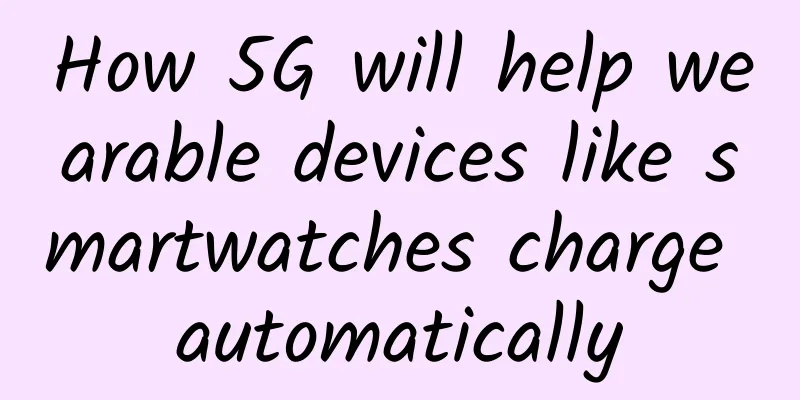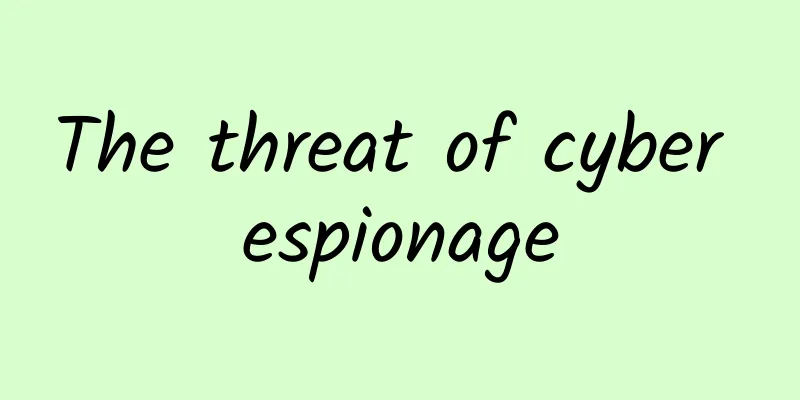How 5G will help wearable devices like smartwatches charge automatically

|
In Japan, a trial project to wirelessly charge wearable devices over 5G networks is about to get underway. The idea is that the tiny electrical charge will automatically charge nearby Internet of Things (IoT) devices, such as smartwatches or connected headphones. However, legal issues mean you're unlikely to be able to take advantage of the technology any time soon. Japanese telecommunications group SoftBank is preparing to test a technology that will allow wearable devices such as smartwatches or connected headphones to be charged on the street without user intervention, Nikkei Asia reports. The necessary technology will be implemented directly in 5G stations deployed by SoftBank. However, approval from authorities is required to launch this real-world trial. The trial was conducted while SoftBank continues to replace all 4G antennas with 5G base stations - a long-term operation. The experiment involved emitting a very slight charge of about 1mW in the 28GHz high-frequency band used for 5G communications, enough to charge nearby devices. SoftBank said the energy has a range of about 10 meters and is completely harmless to health. Over time, its range could even be extended to 100 meters. If the trials are successful and the government approves the process, SoftBank plans to start commercializing its technology as early as 2025. Outside of Japan, such initiatives will also depend on approval from authorities. And it’s far from a done deal! Whether in Japan or elsewhere, the idea of one day being able to charge connected devices through the surrounding 5G network without the need for any additional infrastructure has been popular for some time. Earlier this year, US researchers studied the possibility of turning part of the 5G network into a power network, capable of charging small IoT objects nearby. They have developed tiny antennas that blend perfectly with the background, capable of capturing millimeter waves, which are then converted into energy and sent to nearby connected objects. In each case, the idea is to use the 5G network to power various IoT devices, without any restrictions on users. As a result, connected devices can be continuously charged as long as they are close to the 5G network. This solution also promises to save energy without affecting the quality of the 5G network. |
<<: Manually simulate and implement Docker container network!
Recommend
How to solve the voice delay problem after core network upgrade
picture After an operator upgraded its core netwo...
A divorce war triggered by a WeChat chat!
I couldn't help laughing when I saw these two...
5G and Next Generation Networks during the COVID-19 Crisis
The word "crisis" in Chinese means both...
China leads in 6G patent applications, satellite communication technology attracts attention
On April 26, the Intellectual Property Developmen...
VMISS: Hong Kong VPS annual payment starts from 85 yuan, Korea/Japan/Los Angeles CN2 GIA/AS9929 monthly payment starts from 21 yuan
VMISS is a foreign hosting service provider regis...
Is the neighbor Wang using the internet for free? This is how you should punish him on the spot
Have you ever found yourself always experiencing ...
Understanding the Sliding Window Protocol in One Article
Yesterday we briefly talked about HTTP and HTTPS....
"IPv6+" builds intelligent connections in all scenarios and supports the digital future
On August 28, the 2020 China IPv6 Development For...
How can enterprises fully leverage the potential of private 5G networks?
It may take some time for 5G to become the most a...
Technical Tips | Alibaba Cloud's Practical Exploration of Building Lakehouse Based on Hudi
1. Data Lake and Lakehouse At the 2021 Developer ...
VMware SD-WAN by VeloCloud Optimizes Edge Device Connectivity
VMware SD-WAN by VeloCloud prioritizes centralize...
RAKsmart: Hong Kong/Japan/Korea/US hot-selling servers starting from $46/month, 1-10Gbps bandwidth servers available
A few days ago, we shared the news that RAKsmart&...
Virtono adds new Hong Kong data center, 12 data center KVM annual payment starts from 29.95 euros
I received the latest news from Virtono. The merc...
Wu Jiangxing, Academician of the Chinese Academy of Engineering: Opening up a new 6G paradigm for multi-objective sustainable and coordinated development and building a new foundation for intelligent network
As 5G network construction accelerates, related a...
Huawei Cloud meets in a blessed place, connecting the present and future of Fujian
On September 20, 2017, the "If the Future Ca...









